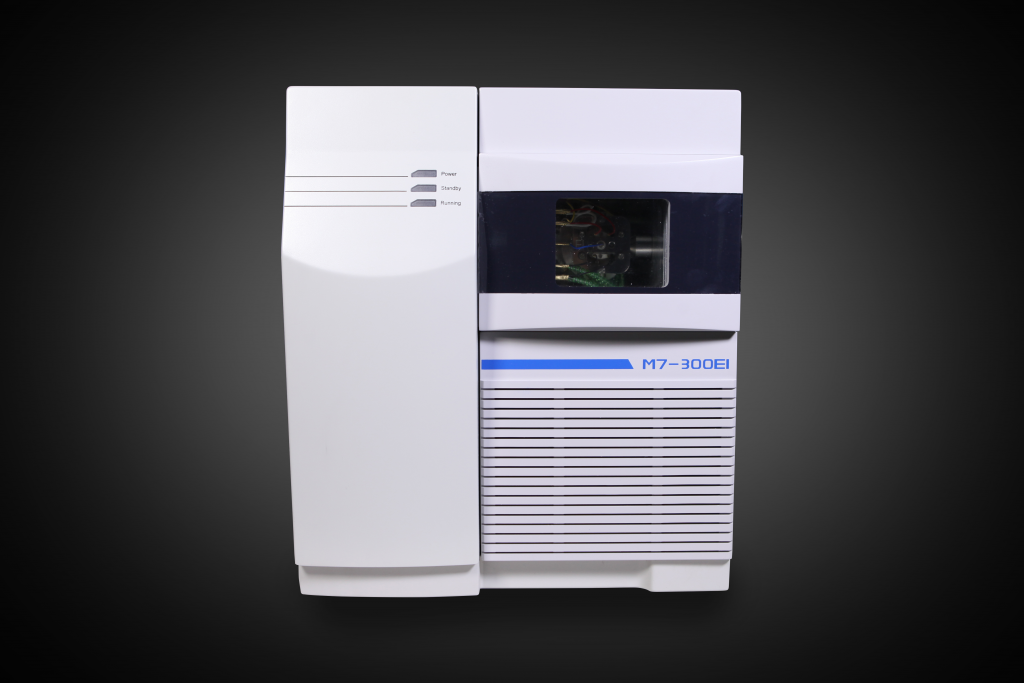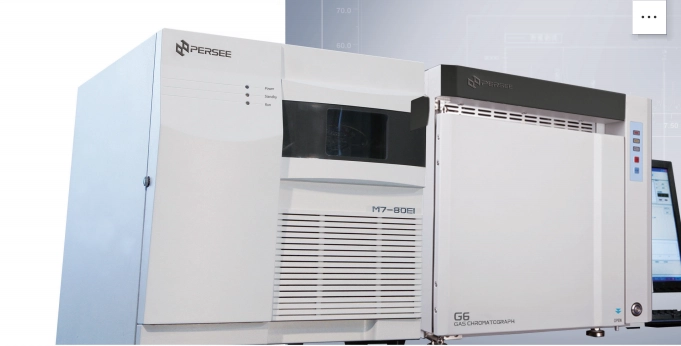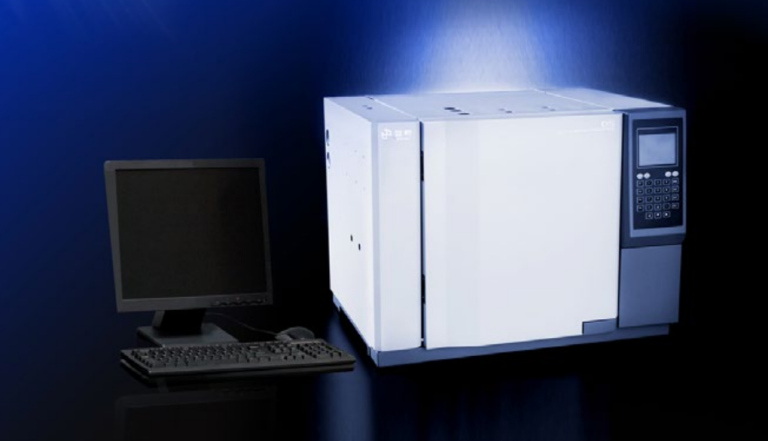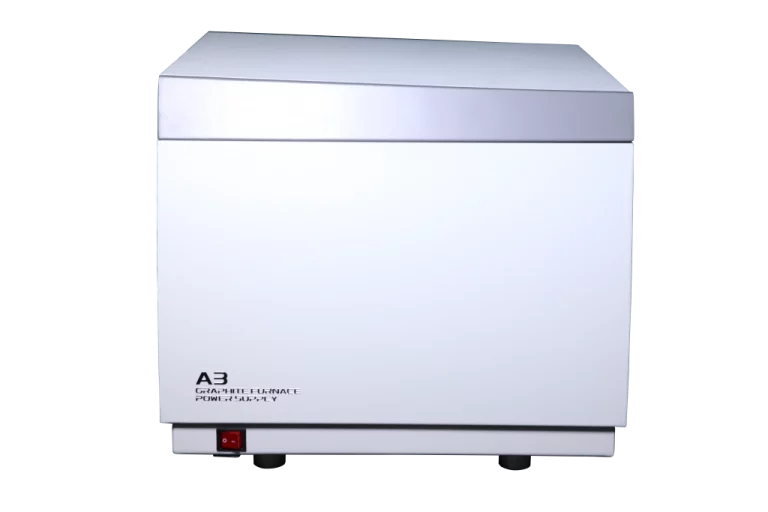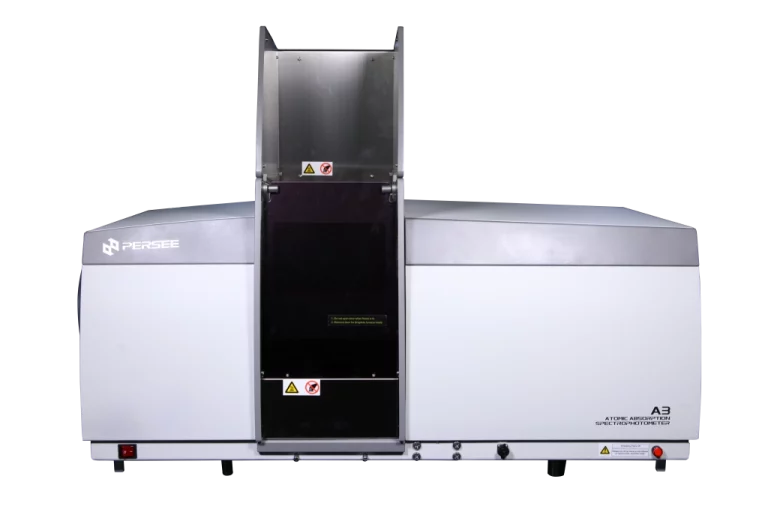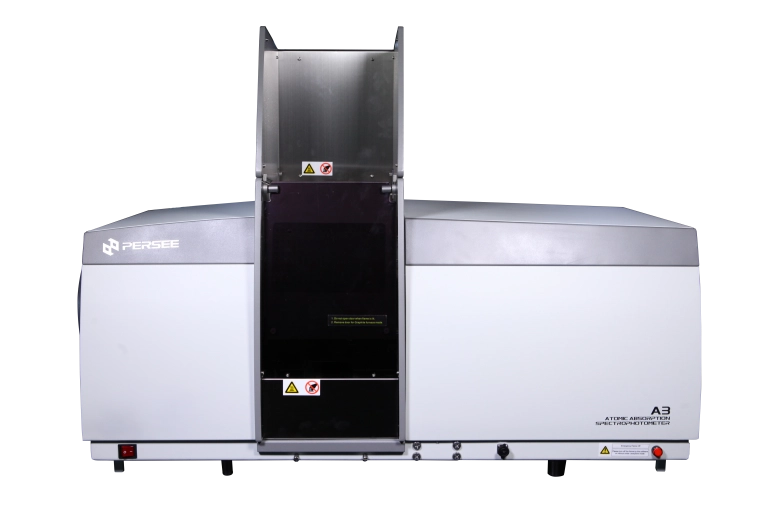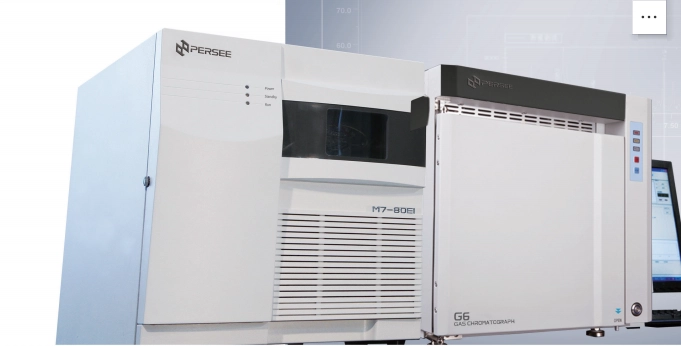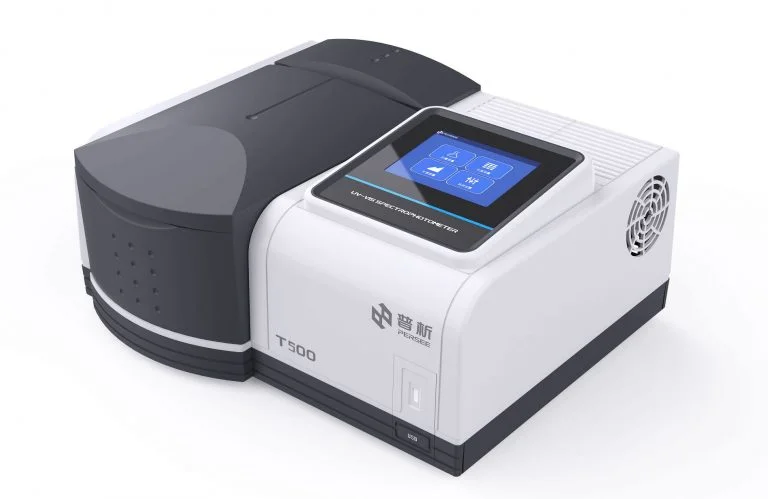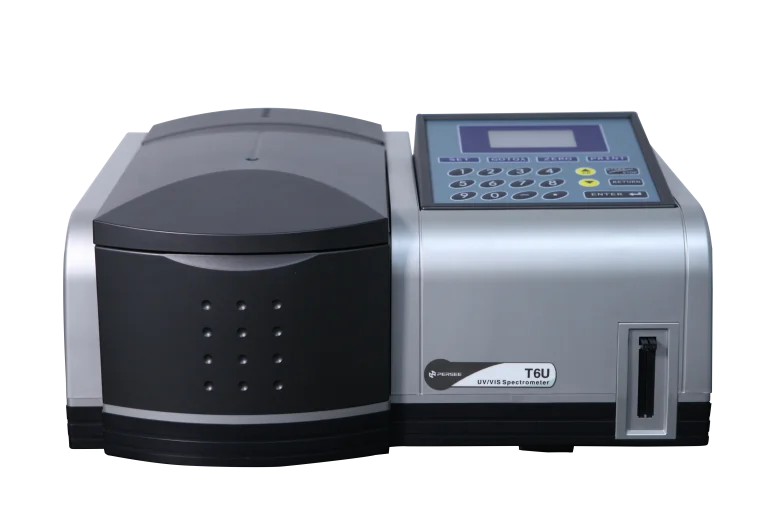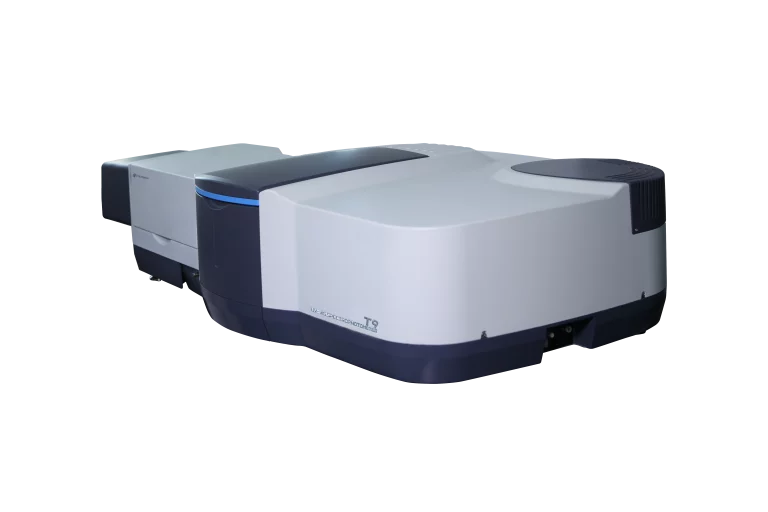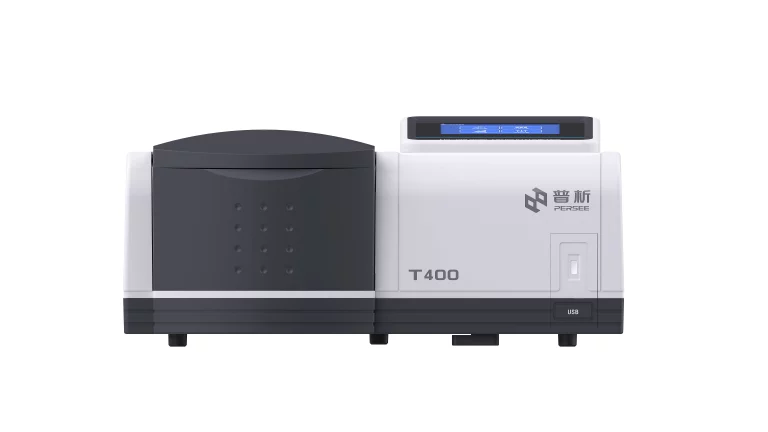Size Exclusion Chromatography (SEC) is a common analytical technique that analyzes molecules by size, and it is of great utility in polymer science and biochemistry. If you are researching how to optimize your SEC experiments, you need to be familiar with variables that influence its performance. This tutorial guides you through the principles, the equipment, and the variables that influence SEC so that you can achieve precise and reproducible data.
Introduction to Size Exclusion Chromatography
SEC, or gel permeation or gel filtration chromatography, allows you to fractionate molecules by size as they pass through a porous stationary phase. The denser molecules elute later, and the larger ones elute earlier, allowing you to examine complicated mixtures with precision. Quantifying proteins or polymers, SEC gives you a reliable method of measuring your samples.
Basic Size Exclusion Chromatography Principles
Before you reach the influences on SEC, you need to know its fundamentals. The technique relies on the differential migration of molecules in a porous matrix based on size relative to pores.
Separation Mechanism
In SEC, separation occurs as your sample moves through a column packed with porous beads. Larger molecules, unable to enter the pores, travel quickly around the beads. Smaller molecules enter the pores, slowing their journey. This size-based separation produces distinct elution profiles you can analyze.
Role of Porous Media
The porous media, typically beads or gels, is the heart of SEC. You choose media with specific pore sizes to match your sample’s molecular range. The pores determine which molecules can enter, directly impacting the separation efficiency.
Key Components of a Size Exclusion Chromatography System
An SEC system is made up of several critical components working together to achieve effective separation. Familiarity with these components allows you to optimize your configuration and diagnose issues.
Column Design
The column, packed with porous media, is where separation happens. You select columns based on their pore size and material, as these factors influence how effectively your sample is separated.
Mobile Phase
The mobile phase, a liquid buffer or solvent, carries your sample through the column. You adjust its composition to maintain sample stability and prevent unwanted interactions with the stationary phase.
Detector Systems
Detectors monitor the eluted compounds, generating data for analysis. You can use UV, refractive index, or light-scattering detectors, depending on your sample’s properties and analytical goals.
Factors Influencing Separation Efficiency
Several variables affect how well SEC performs. By controlling these factors, you can enhance the resolution and accuracy of your separations.
Column Characteristics
The column’s design plays a significant role in SEC performance. You need to consider its physical properties to ensure it suits your sample and analysis.
Pore Size Distribution
The pore size of the column’s media determines which molecules can enter and which are excluded. You select media with a pore size distribution that aligns with your sample’s molecular weight range for optimal separation.
Particle Size and Uniformity
Smaller, uniform particles in the column improve resolution by reducing diffusion. You choose columns with consistent particle sizes to achieve sharper peaks and better separation.
Mobile Phase Properties
The mobile phase’s characteristics influence how your sample behaves during separation. You fine-tune these properties to maintain sample integrity and separation quality.
Solvent Viscosity
The viscosity of the mobile phase affects flow dynamics and diffusion rates. You use a solvent with appropriate viscosity to balance separation speed and resolution.
Ionic Strength
The ionic strength of the mobile phase can influence molecular interactions. You adjust it to minimize unwanted binding between your sample and the stationary phase.
Sample Attributes
Your sample’s properties directly impact SEC outcomes. Understanding these attributes helps you prepare samples effectively.
Molecular Size and Shape
The size and shape of your sample’s molecules determine their elution behavior. You account for these factors when selecting columns and interpreting results, as elongated or compact molecules may behave differently.
Sample Concentration
High sample concentrations can lead to column overload, reducing resolution. You dilute samples appropriately to maintain separation quality without sacrificing detection sensitivity.
Operational Parameters
How you run the SEC system affects its performance. You optimize these parameters to achieve consistent results.
Flow Rate
The flow rate of the mobile phase influences separation time and resolution. You adjust it to balance speed and peak clarity, as faster flows may reduce resolution.
Temperature Control
Temperature affects the mobile phase’s viscosity and sample stability. You maintain a consistent temperature to ensure reproducible separations and protect sensitive samples.
Impact of System Maintenance
Regular maintenance of your SEC system is essential for reliable performance. You implement proper care routines to extend the system’s lifespan and ensure data accuracy.
Column Storage and Cleaning
Proper column storage and cleaning prevent contamination and degradation. You follow manufacturer guidelines to store columns in appropriate solvents and clean them regularly to remove residual samples.
Detector Calibration
Detectors require periodic calibration to maintain accuracy. You calibrate them according to your system’s specifications to ensure precise detection of eluted compounds.
Applications of Size Exclusion Chromatography
SEC’s versatility makes it valuable across various fields. You can apply it to address diverse analytical challenges.
Biomolecule Analysis
In biochemistry, you use SEC to purify and characterize proteins, nucleic acids, and other biomolecules, supporting research and therapeutic development.
Polymer Characterization
SEC helps you analyze polymers by determining their molecular weight distribution, aiding in material development and quality control.
Environmental Studies
You employ SEC to study complex environmental samples, such as humic substances, to understand their composition and behavior in ecosystems.
Advances in Size Exclusion Chromatography Technology
SEC continues to evolve, with innovations improving its efficiency and usability. Staying informed about these advancements helps you leverage cutting-edge tools.
High-Resolution Columns
Newer columns with finer particles and optimized pore structures enhance separation resolution. You can adopt these for more precise analyses of complex samples.
Automated Systems
Automation in SEC systems streamlines workflows and reduces manual errors. You benefit from automated sample injection and data analysis for higher throughput.
PERSEE: A Trusted Size Exclusion Chromatography Supplier
When equipping your lab for SEC, you need dependable instruments and support. Beijing PERSEE General Instrument Co., Ltd., a leading high-tech enterprise, specializes in analytical instruments, including advanced chromatography solutions. With over 20 years of expertise, PERSEE offers high-quality SEC systems designed for precision and reliability. Their commitment to innovation and customer satisfaction, as highlighted on their official website, makes them a trusted partner for your laboratory needs.
FAQs
How do you choose the right column for size exclusion chromatography?
You select a column based on your sample’s molecular weight range and the desired resolution. Consider the pore size and particle uniformity to ensure compatibility and effective separation.
Why does the mobile phase matter in SEC?
The mobile phase stabilizes your sample and influences its interaction with the stationary phase. You adjust its viscosity and ionic strength to optimize separation and prevent unwanted binding.
What happens if you use too high a sample concentration in SEC?
High sample concentrations can overload the column, leading to broader peaks and reduced resolution. You dilute samples to maintain separation quality while ensuring detectable signals.

